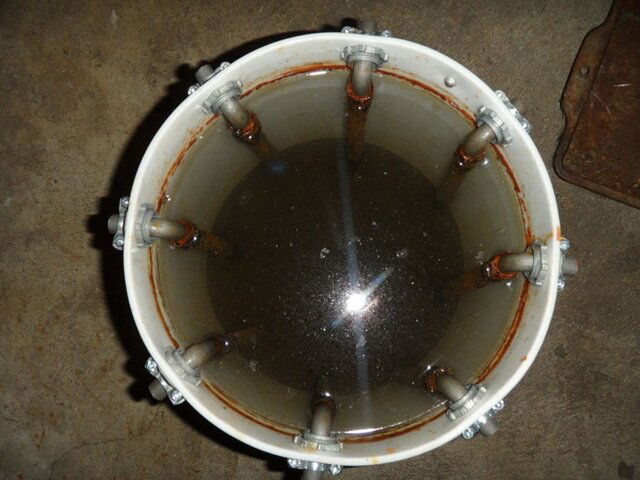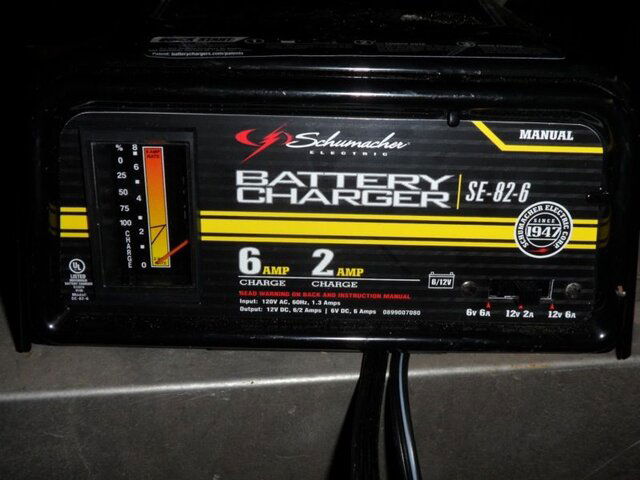I posted a couple photos in the 'Winegard for Possible Rescue' thread of the electrolytic rust removal bucket I made. Overall, I'm very pleased with the results and at the very least it's a neat experiment.
I imagine that several on here have one or made one, but for those that haven't or never tried it - here's the small one I made (and it actually works). Now that I've built one, I wish I would've tried this before many cases of sandblasting or using a wire wheel.
Much of this is based on a pdf from "The Stovebolt Page" about Electrolytic Rust Removal, although there are many other sources.
Started off with a 2-gal bucket and marked positions equidistant around the top of the bucket. On this bucket, there were mold reinforcements on the band that the bail attaches that could be referenced. Used a spade bit to cut the holes.

Next, cut a piece of flashing that would fill the space between the bucket reinforcement band and the lip on the top of the bucket. The idea was the band of flashing would fit up into the lip.
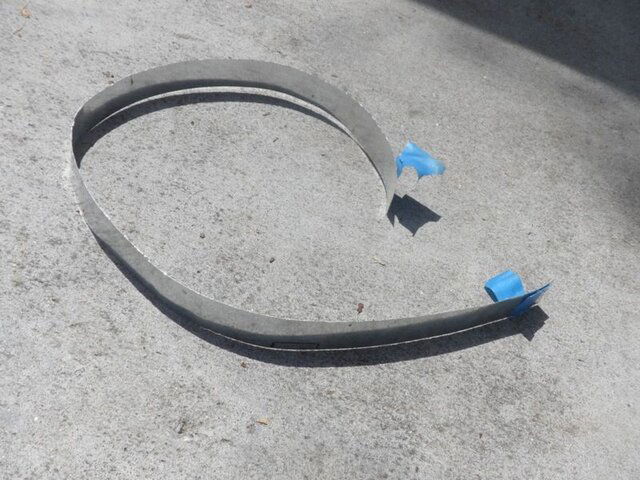
Test fit the band to the bucket and decided it needed some trimming to fit around the bail moldings.
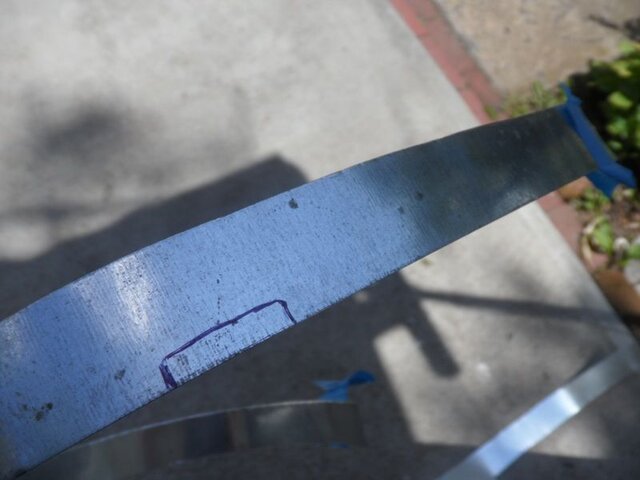
After trimming, installed the band onto the bucket for final test fit. I maybe trimmed a bit more than needed.
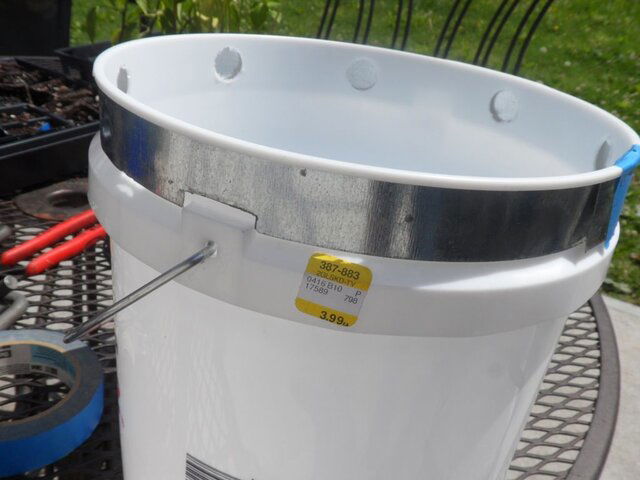
Marked the band from the inside of the bucket using the holes already drilled.
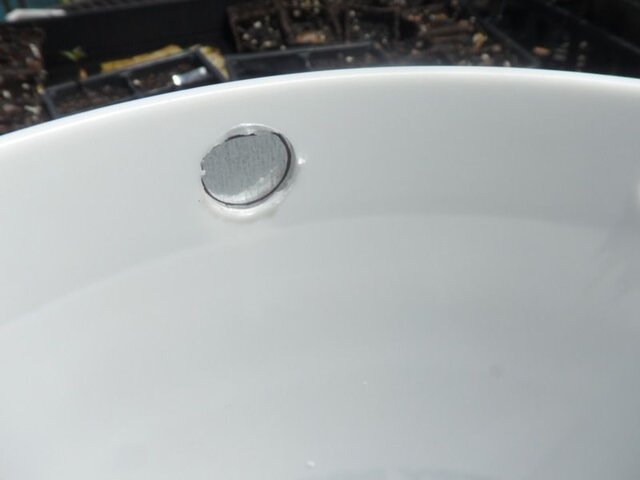
For each hole location, a Romex clamp will be installed.

At each hole location, drilled a small hole (3/8") and then used aircraft sheet metal shears to trim out the hole. After creating the hole, inserted the Romex clamp through the band and the bucket hole and threaded the nut onto the clamp. After installation, the band acts as a conductor and reinforcement for the top of the bucket.
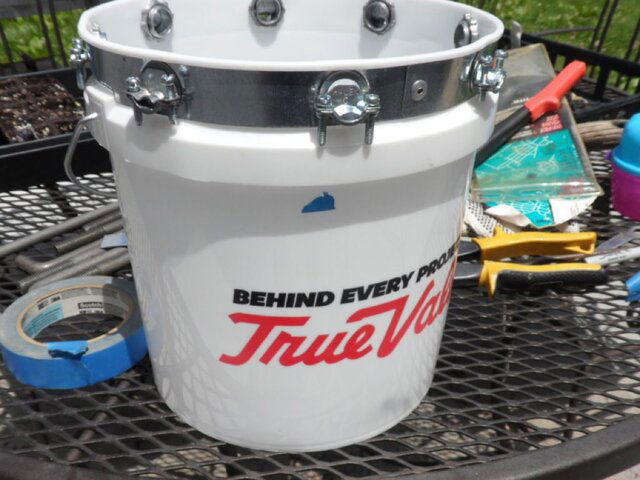
Next installed the sacrificial anode into the bucket. In this case it was 1/2" x 8" mild steel concrete L-bolts clamped into the romex clamps. 3/8" rebar would've been less expensive, but the hardware store was out of stock and didn't want to drive 30-50 miles one way for more. As is, this was around $20 to build.
There is a word of caution with the Stovebolt page instructions about using Stainless Steel, due to the chrome content.


Completed bucket with all anodes installed.

For solution, I followed the 'Stovebolt Page' recommendations and used a Tablespoon of Arm & Hammer Washing Soda per gallon of water.
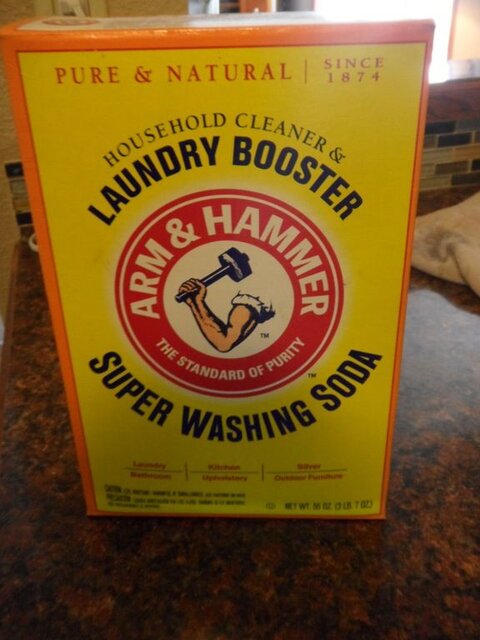
To attach together cathode parts, annealed steel rebar tie-wire was used.

All the parts tied together, going forward will probably result in fewer pieces at one time.
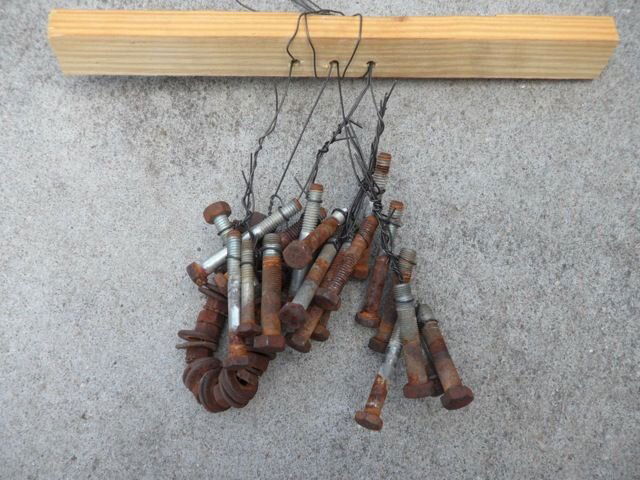
Starting the electrolysis, the negative (-) from a battery charger clipped to the parts (cathode) and the positive (+) is clipped to the bucket sacrificial anode.
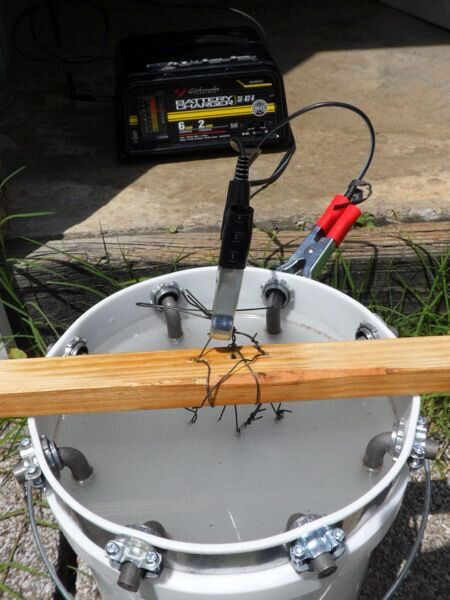
Another view at start of process.

Within 30 minutes of process.

After a few hours, a mostly complete rust removal using electrolysis. I wound up cleaning a bit more on these and put them back in until all rusty parts were completely black.

At first, I started with 12v 2A for the process. Wound up with 12v 6A for final cleanup.
All in all, I'm quite happy with the little bucket and plan on doing a 5-gallon version for larger projects. If anyone has more experience or tips on this, I'd definitely like input.
I imagine that several on here have one or made one, but for those that haven't or never tried it - here's the small one I made (and it actually works). Now that I've built one, I wish I would've tried this before many cases of sandblasting or using a wire wheel.
Much of this is based on a pdf from "The Stovebolt Page" about Electrolytic Rust Removal, although there are many other sources.
Started off with a 2-gal bucket and marked positions equidistant around the top of the bucket. On this bucket, there were mold reinforcements on the band that the bail attaches that could be referenced. Used a spade bit to cut the holes.

Next, cut a piece of flashing that would fill the space between the bucket reinforcement band and the lip on the top of the bucket. The idea was the band of flashing would fit up into the lip.

Test fit the band to the bucket and decided it needed some trimming to fit around the bail moldings.

After trimming, installed the band onto the bucket for final test fit. I maybe trimmed a bit more than needed.

Marked the band from the inside of the bucket using the holes already drilled.

For each hole location, a Romex clamp will be installed.

At each hole location, drilled a small hole (3/8") and then used aircraft sheet metal shears to trim out the hole. After creating the hole, inserted the Romex clamp through the band and the bucket hole and threaded the nut onto the clamp. After installation, the band acts as a conductor and reinforcement for the top of the bucket.

Next installed the sacrificial anode into the bucket. In this case it was 1/2" x 8" mild steel concrete L-bolts clamped into the romex clamps. 3/8" rebar would've been less expensive, but the hardware store was out of stock and didn't want to drive 30-50 miles one way for more. As is, this was around $20 to build.
There is a word of caution with the Stovebolt page instructions about using Stainless Steel, due to the chrome content.


Completed bucket with all anodes installed.

For solution, I followed the 'Stovebolt Page' recommendations and used a Tablespoon of Arm & Hammer Washing Soda per gallon of water.

To attach together cathode parts, annealed steel rebar tie-wire was used.

All the parts tied together, going forward will probably result in fewer pieces at one time.

Starting the electrolysis, the negative (-) from a battery charger clipped to the parts (cathode) and the positive (+) is clipped to the bucket sacrificial anode.

Another view at start of process.

Within 30 minutes of process.

After a few hours, a mostly complete rust removal using electrolysis. I wound up cleaning a bit more on these and put them back in until all rusty parts were completely black.

At first, I started with 12v 2A for the process. Wound up with 12v 6A for final cleanup.
All in all, I'm quite happy with the little bucket and plan on doing a 5-gallon version for larger projects. If anyone has more experience or tips on this, I'd definitely like input.
Last edited:



